Nestled in the heart of the Canadian Rockies, Banff National Park has long been a crown jewel of Canada’s natural wonders. Each year, millions of visitors flock to its turquoise lakes, rugged peaks, and sprawling wilderness. However, a recent shift in the park’s pricing strategy has sparked conversations among travelers and conservationists alike. The introduction of dynamic pricing, which raises entry fees by 30% during peak seasons, reflects a growing trend in managing overcrowding and funding conservation efforts. This move, while pragmatic, has drawn mixed reactions from those who cherish the park’s accessibility.
The concept of dynamic pricing isn’t new—airlines, hotels, and even concert venues have used it for years. But applying it to a national park marks a significant departure from traditional flat-rate admission. Parks Canada, the agency overseeing Banff, argues that the increased revenue is essential for maintaining trails, wildlife protection programs, and visitor services. Peak season, which runs from June to September, sees the highest influx of tourists, straining the park’s infrastructure. By charging more during these months, the agency aims to balance visitor numbers while ensuring the park’s long-term sustainability.
Critics, however, worry that the higher fees could exclude budget-conscious travelers, particularly families and young adventurers. Banff has always been a symbol of Canada’s commitment to preserving natural beauty for all, not just those who can afford it. The 30% hike—translating to an additional $5 to $10 per person—might seem modest, but for larger groups, the added cost can be substantial. Some locals argue that the policy risks turning the park into a luxury destination, undermining its democratic spirit. “Parks should be for everyone,” says Emily Carter, a frequent hiker and advocate for public lands. “Pricing people out isn’t the solution.”
Proponents counter that dynamic pricing is a necessary evil. Over-tourism has taken a toll on Banff’s delicate ecosystems. Trail erosion, litter, and wildlife disturbances have become rampant during summer months. The higher fees, they argue, could deter some visitors, easing the burden on the park’s resources. Additionally, the extra funds could finance projects like expanded shuttle services, reducing traffic congestion and carbon emissions. “It’s about finding a balance,” explains Mark Richardson, a Parks Canada spokesperson. “We’re not just managing a park; we’re safeguarding it for future generations.”
The debate over dynamic pricing also touches on broader questions about the role of national parks in the 21st century. Climate change, rising maintenance costs, and record-breaking visitor numbers have forced parks worldwide to rethink their models. Banff’s experiment with variable pricing could set a precedent for other parks grappling with similar challenges. Whether it succeeds or fails, the outcome will likely influence how protected areas worldwide navigate the tension between accessibility and preservation.
For now, travelers planning a trip to Banff will need to factor in the seasonal price adjustments. Those visiting during the shoulder seasons—spring and fall—may find quieter trails and lower fees, while summer adventurers will pay a premium for the park’s most iconic experiences. As the sun sets over Lake Louise, casting its golden glow on the surrounding peaks, one thing is clear: the value of Banff’s wilderness is immeasurable, but its future depends on the choices we make today.

By Megan Clark/Apr 11, 2025

By John Smith/Apr 11, 2025
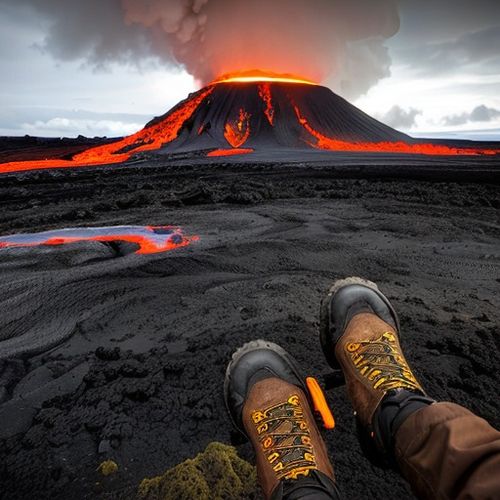
By James Moore/Apr 11, 2025
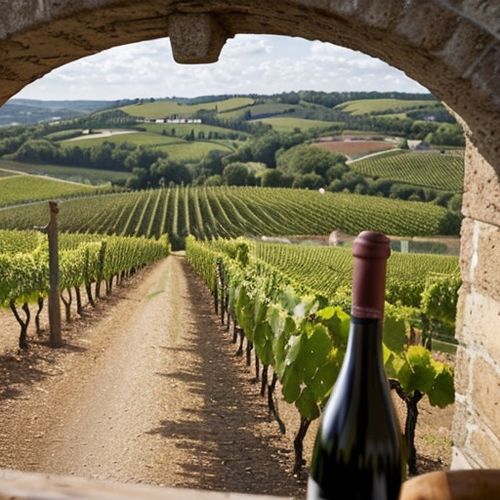
By Victoria Gonzalez/Apr 11, 2025

By John Smith/Apr 11, 2025

By Rebecca Stewart/Apr 11, 2025
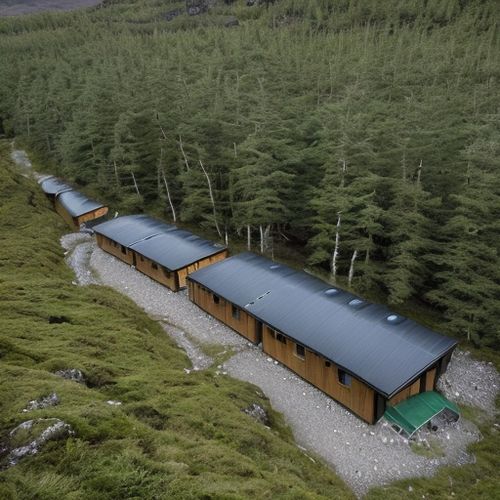
By Megan Clark/Apr 11, 2025
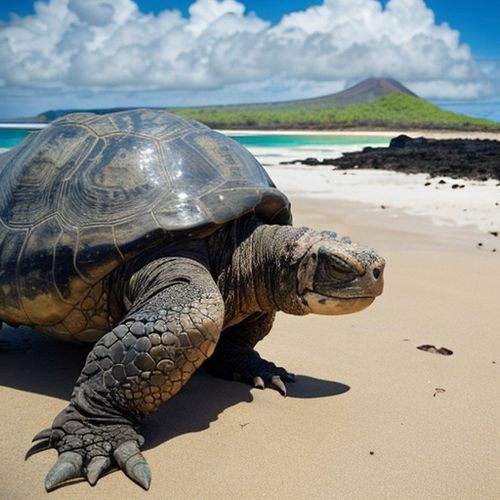
By John Smith/Apr 11, 2025

By Ryan Martin/Apr 11, 2025
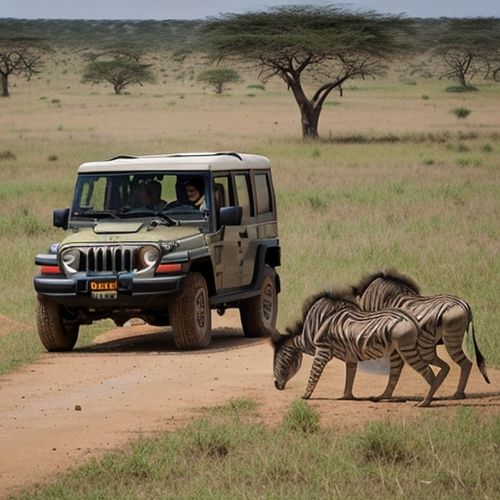
By Samuel Cooper/Apr 11, 2025
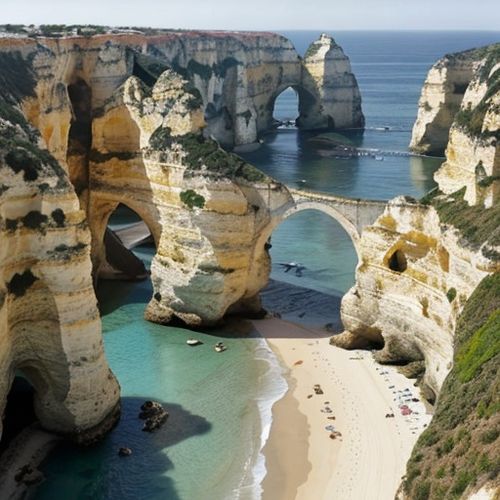
By Emily Johnson/Apr 11, 2025
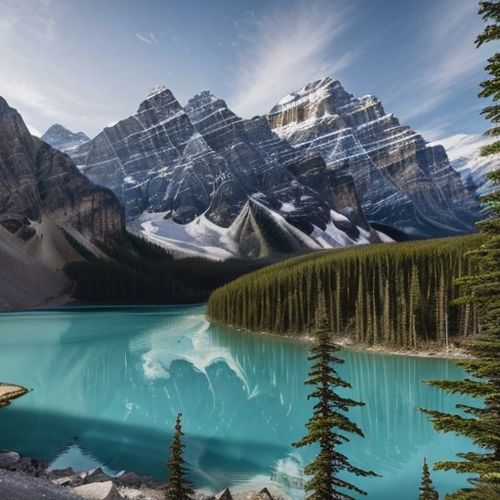
By James Moore/Apr 11, 2025
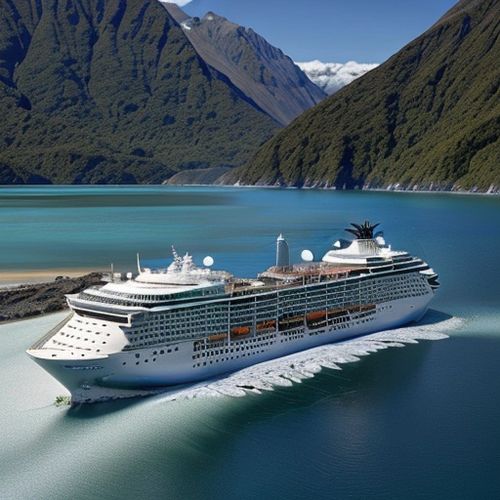
By David Anderson/Apr 11, 2025
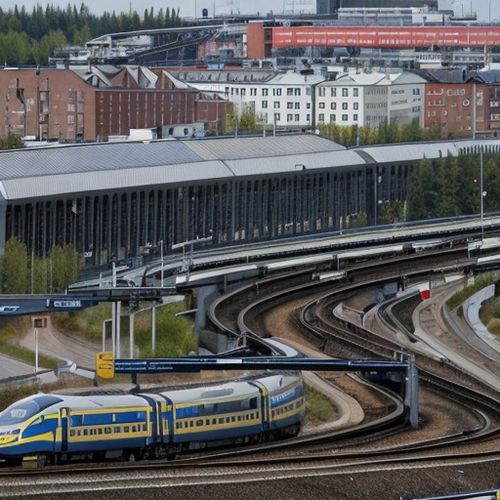
By Ryan Martin/Apr 11, 2025

By William Miller/Apr 11, 2025

By George Bailey/Apr 11, 2025

By Daniel Scott/Apr 11, 2025
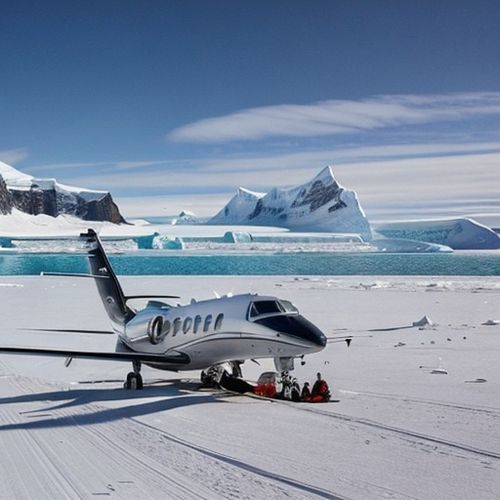
By Sophia Lewis/Apr 11, 2025

By Megan Clark/Apr 11, 2025
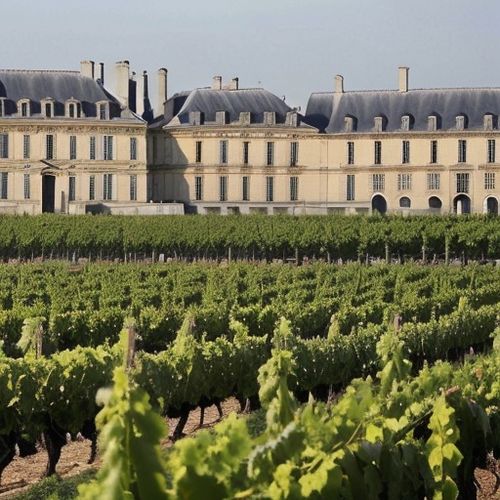
By David Anderson/Apr 11, 2025